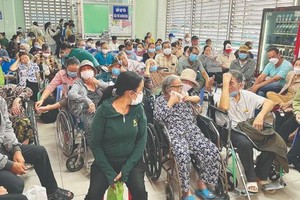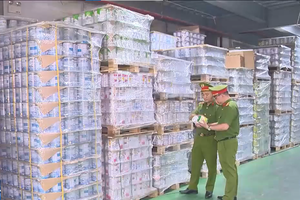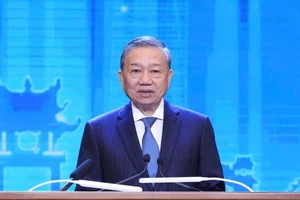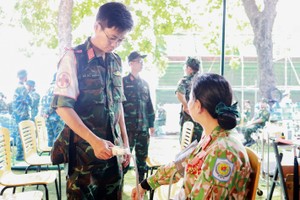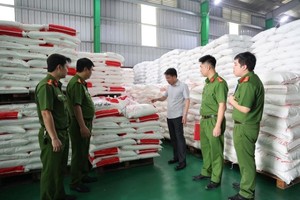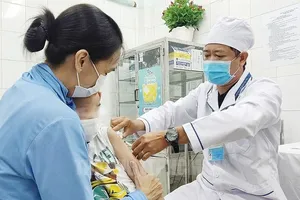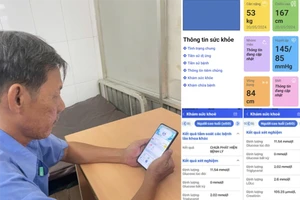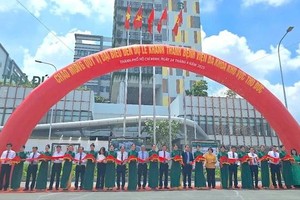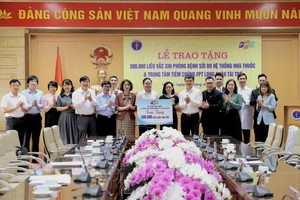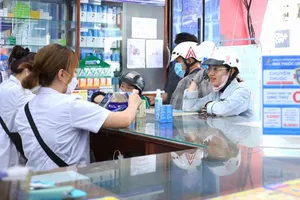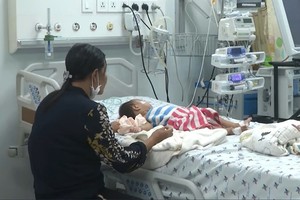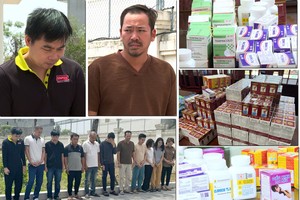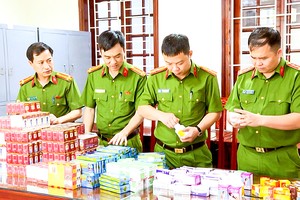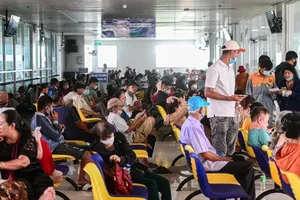 |
The general hospital in District 7 is well invested following the city's plan to reduce overloading in big infirmaries |
Dwellers in Ho Chi Minh City always think about visiting big hospitals when they get sick, leading to a perennial situation of hospital overcrowding. Hence, leaders of the Department of Health and district administrations affirmed that they will speed up investment in facilities, increasing medical workers’ income in addition to sending more young medical staff and doctors to grassroots health clinics to soon bring the National Assembly’s Resolution 98/2023/QH15 on piloting several specific mechanisms and policies to develop the southern metropolis and take care of people’s health.
The Can Thanh Town Health Station in Can Gio outlying district’s Can Thanh Town was organizing a free health check-up for elderly citizens. 72-year-old Nguyen The Nhan in Mieu Nhi Ward said that when he visited the health station, doctors and nurses were dedicated and attentive, but he felt sorry for them when working in a degraded facility.
The Can Thanh Town Health Center on a total land area of nearly 800 square meters is divided into 5 rooms, each room has an area of about 15 square meters. Currently, one doctor and 6 nurses are responsible for providing examination and treatment for over 11,000 local inhabitants including over 1,000 elderly people. Because the facility was built long ago and it has not been replaced or repaired for nearly 10 years.
Although the facilities are old, there is no shortage of equipment for disease examination and prevention, and chronic medicines at the station thanks to the attention of the city and Can Gio district administration. On average, every day, the station examines and dispenses medicine for about 80 people, said Head of the Can Thanh Town Health Center Dr. Dang An.
In fact, the majority of well-invested healthcare stations in suburban areas such as Thu Duc City, districts 12, Binh Tan, Binh Chanh, Hoc Mon, Nha Be, Can Gio and Cu Chi districts were built after the 2000s have good infrastructure.
However, due to over 20 years of use, the facilities of these stations are degraded; plus, they are facing severe doctors and nurses. In the inner city, medical stations are mainly townhouses that are used as headquarters and have been used for a long time, most of them are degraded, small and cramped.
Of 319 grassroots healthcare centers, 317 meet the national standard on public health accounting for 99.4 percent but according to the Project ‘Building and developing the public health network in the new situation’ according to Prime Minister’s Decision No. 2348/QD-TTg dated December 5, 2016, 21 districts and Thu Duc City of Ho Chi Minh City all need to invest in medical equipment, repair and renovate hundreds of health stations.

